Industrial-Grade Bulk Filling Equipment for 1000L Containers
Industrial-Grade Bulk Filling Equipment for 1000L Containers
Overview
For industries requiring large-scale liquid filling operations, industrial-grade bulk filling equipment designed for 1000-liter (IBC) containers is essential. These systems ensure efficient, accurate, and safe filling of bulk liquids, reducing labor costs, minimizing product waste, and ensuring compliance with safety standards. Below is a detailed guide to the technology, features, and benefits of these systems.
Key Features of Industrial Bulk Filling Equipment
High-Volume Capacity:
Designed for 1000-liter IBC containers or larger bulk storage vessels.
Capable of filling at rates of 50 to 200 liters per minute, depending on product viscosity and system configuration.
Precision and Accuracy:
±0.5% accuracy ensures consistent fill levels, reducing overfilling or underfilling.
Weight-based filling (load cells) or volumetric filling (flow meters) options for precise measurement.
Viscosity Handling:
Suitable for thin liquids (e.g., water, solvents) and viscous liquids (e.g., oils, adhesives, coatings).
Options for progressive cavity pumps, pneumatic diaphragm pumps, or centrifugal pumps based on product viscosity.
Automation and Control:
PLC (Programmable Logic Controller) with touchscreen interface for easy setup and monitoring.
Customizable filling speeds, volumes, and sequences to match production requirements.
Integration with upstream (mixing, blending) and downstream (capping, labeling, palletizing) equipment.
Safety and Compliance:
ATEX/NEMA-rated components for use in hazardous environments (e.g., flammable liquids).
Static grounding systems, spill containment trays, and emergency stop buttons.
Compliance with international standards (CE, ISO, etc.).
Environmental Protection:
Drip-free nozzles and anti-splash designs reduce product waste and contamination.
Fume extraction systems minimize operator exposure to harmful vapors.
Durability and Maintenance:
Constructed from stainless steel (304/316) or corrosion-resistant materials for longevity.
Easy-to-clean components (CIP/COP capability) for hygienic applications.
Removable nozzles, filters, and hoses for quick maintenance.
Types of Bulk Filling Systems
Volumetric Filling Systems:
Use flow meters to measure the volume of liquid dispensed.
Ideal for thin liquids (e.g., water, solvents) and low-viscosity products.
Weight-Based Filling Systems:
Utilize load cells to measure the weight of the liquid during filling.
Offers higher accuracy for viscous or high-value products (e.g., oils, chemicals).
Pneumatic Filling Systems:
Use air pressure to dispense liquid, making them suitable for viscous or foaming products.
Requires less maintenance than mechanical pumps.
Servo-Driven Filling Systems:
Provide ultra-precise control over filling speed and volume.
Ideal for high-value or delicate products (e.g., pharmaceuticals, food additives).
Applications
Chemical Industries:
Filling IBC containers with acids, bases, solvents, or specialty chemicals.
Ensures safe handling of corrosive or hazardous materials.
Food & Beverage:
Filling 1000-liter containers with syrups, sauces, oils, or beverages.
Hygienic design with CIP capability for easy cleaning.
Oil & Lubricants:
Filling IBC containers with engine oils, greases, or lubricants.
Pneumatic or progressive cavity pumps handle viscous products effectively.
Paint & Coatings:
Filling containers with viscous paints, coatings, or thinners.
Drip-free nozzles and anti-splash designs reduce mess and waste.
Pharmaceuticals:
Filling IBC containers with liquid medications, syrups, or oral solutions.
Servo-driven systems ensure ultra-precise dosing.
Agriculture & Fertilizers:
Filling IBC containers with pesticides, herbicides, or fertilizers.
Rugged design withstands harsh environments.
Benefits of Industrial Bulk Filling Systems
Increased Productivity:
High-speed filling reduces cycle times and boosts production capacity.
Automated operation minimizes downtime and labor costs.
Consistency and Quality:
Precision filling ensures consistent product quality and reduces errors.
Eliminates variability caused by manual filling.
Safety:
Reduces operator exposure to hazardous liquids or fumes.
ATEX-rated components and safety features prevent accidents in explosive environments.
Cost Savings:
Minimizes product waste through accurate filling and drip-free nozzles.
Reduces labor costs by automating repetitive tasks.
Scalability:
Easily integrated into existing production lines or expanded for future growth.
Customizable for different container sizes and product types.
Customization Options
Container Sizes: Adjustable nozzles and parameters for IBC containers and other bulk storage vessels.
Product Viscosity: Pneumatic, progressive cavity, or centrifugal pumps for viscous or thin liquids.
Safety Features: ATEX/NEMA-rated components, static grounding, and spill containment.
Automation: Conveyor systems, capping machines, labeling equipment, and data logging.
Materials: Stainless steel, PTFE, or chemical-resistant alloys for corrosive products.
Nozzle Designs: Foam-reducing, bottom-up filling, or splash-proof nozzles.
Conclusion
Industrial-grade bulk filling equipment for 1000L containers is a critical investment for industries requiring efficient, precise, and safe liquid filling operations. Whether you’re handling viscous oils, corrosive chemicals, or food-grade liquids, these systems offer versatility, scalability, and reliability. By investing in the right technology, factories can improve productivity, reduce costs, and ensure consistent product quality while maintaining safety and compliance.
Immediate Order:
Website: https://www.glzon.com/product/drumfillingmachines-en.html
China Manufacturing Co Ltd.: https://fillingmachinecn.en.made-in-china.com
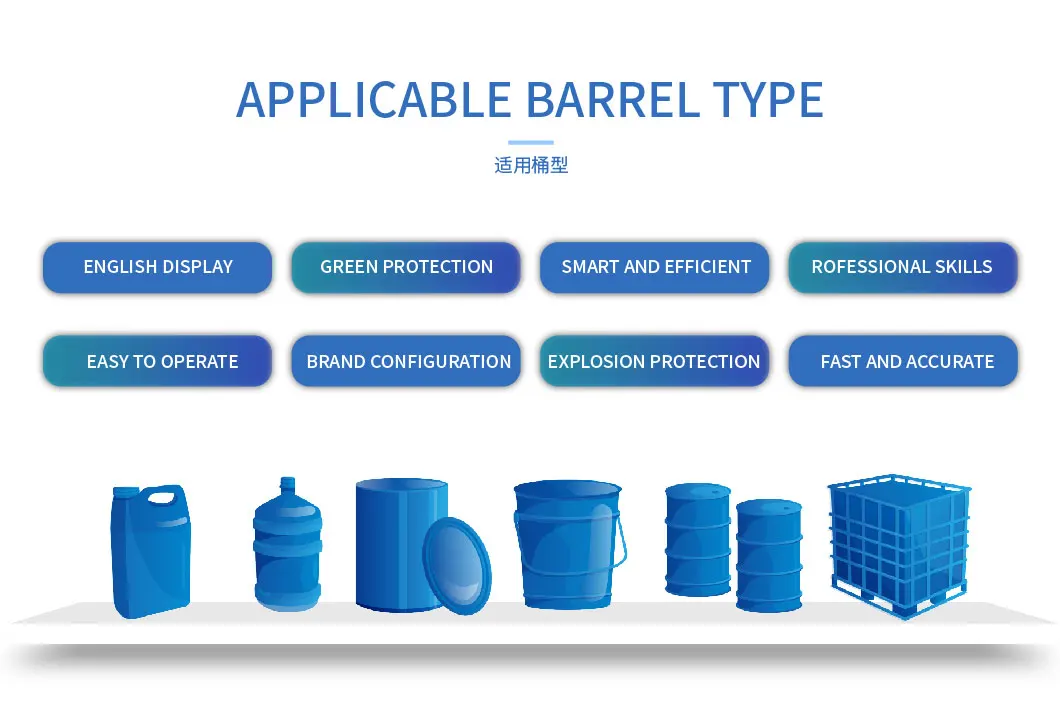
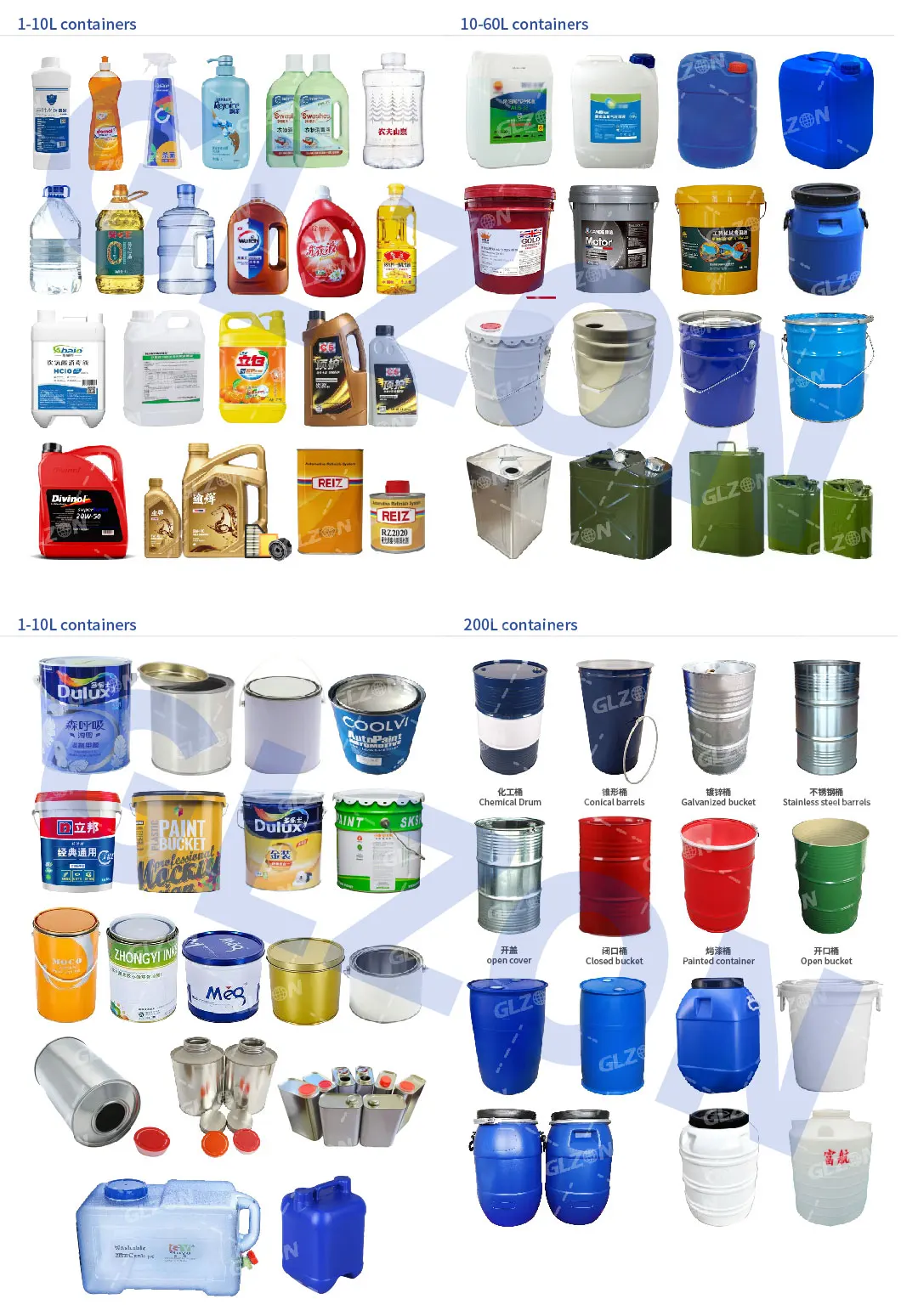

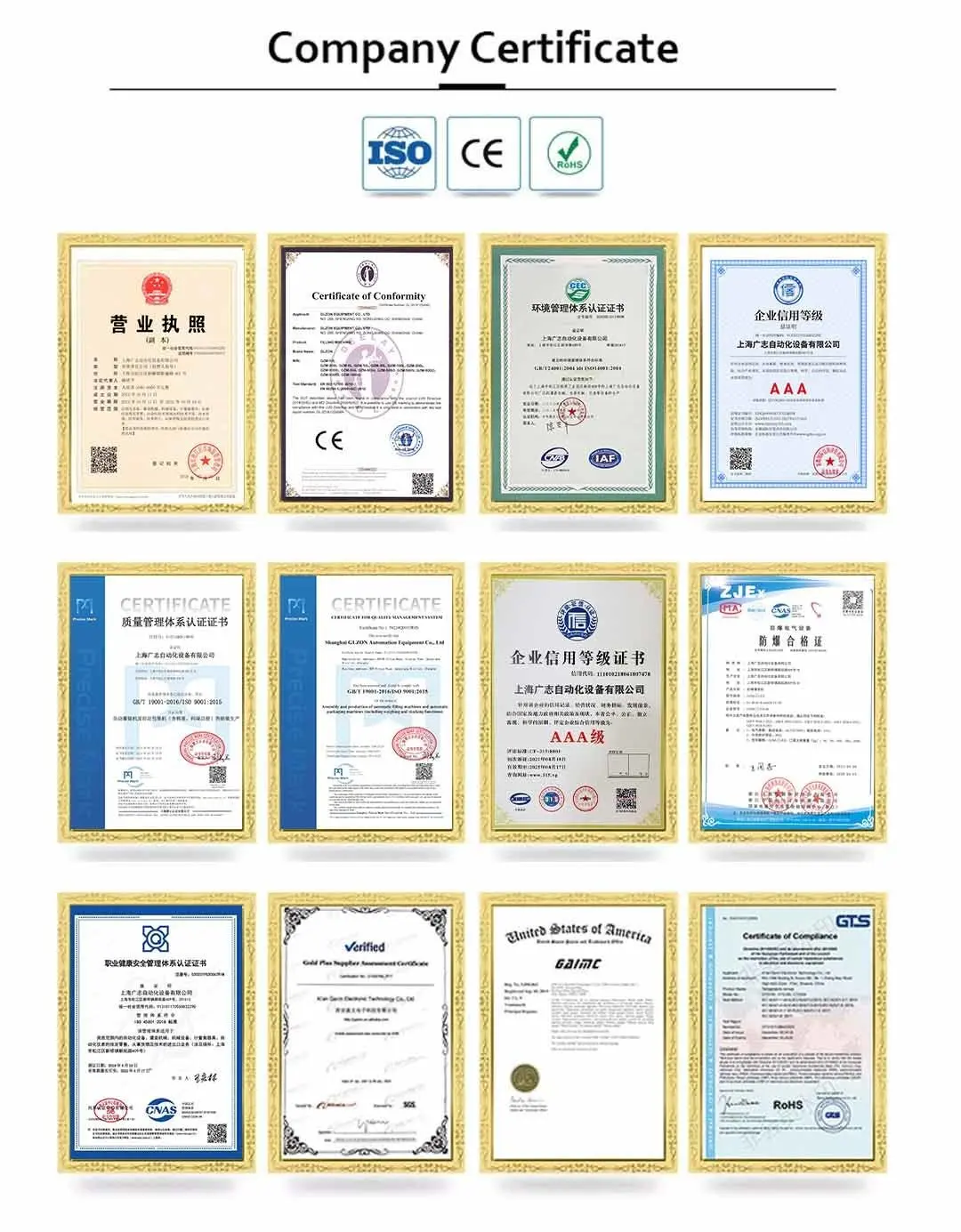
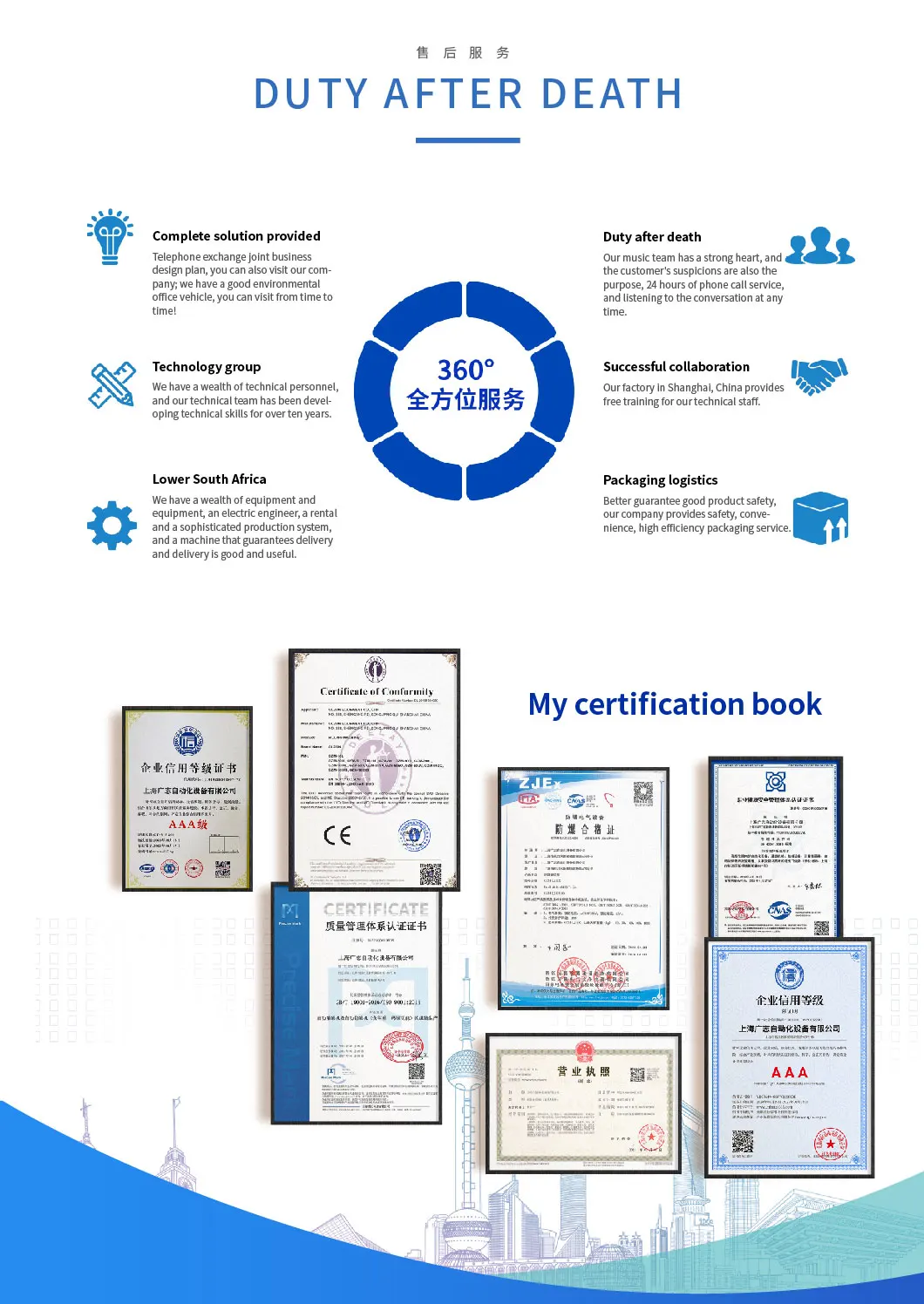



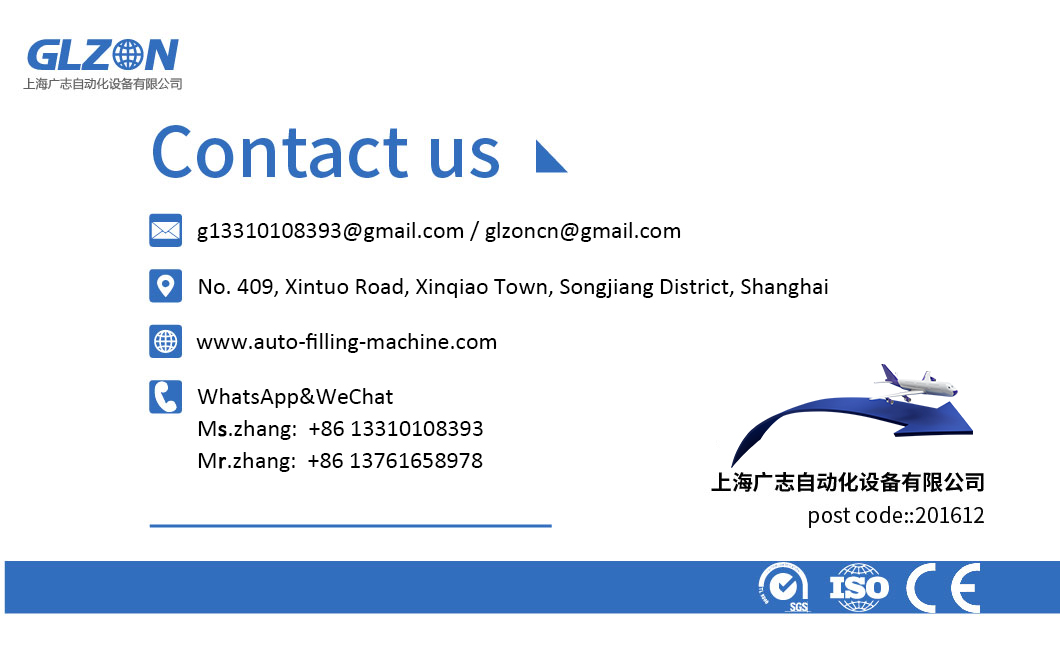
-
200L Oil Additivities Liquid Drum Filling Machine[2025-04-18]
-
Wear-Resistant Strong Acid Filling Machine for 1-30L Adhesive/Eucalyptus Oil/Engine Oil[2025-07-05]
-
Explosion-Proof Type filling machine What is the development trend[2025-07-01]
-
Stainless Steel 316L Corrosive Liquid Packer 5-30L Cans/Bottles/Jerrycans[2025-07-03]










